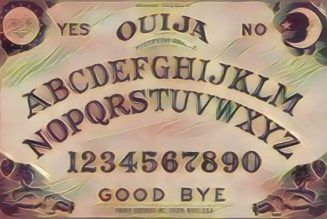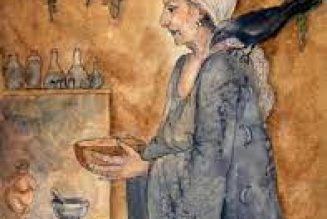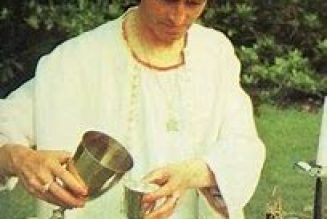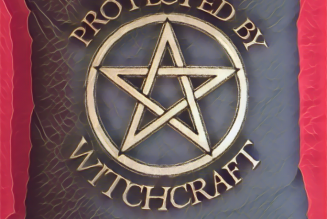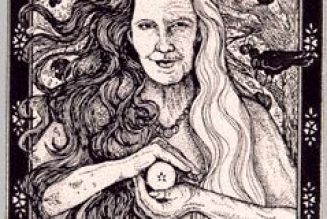Murray, drawing connections to her Egyptology background, began examining documents, and in 1917 she released “Organizations of Witches in Great Britain” in the Folklore Journal.
That seemingly mundane paper evolved into her book, The Witch-Cult in Western Europe, sparking a line of research that would dramatically alter the perception of witchcraft.
At that period, academic literature on witches in Western Europe was nearly non-existent, with two prevailing views.
One view held that witches were real, whether or not they could perform magic, and were seen as Satan-worshipping, child-devouring, broom-flying fiends, while the other saw those accused of witchcraft as innocent victims of mass hysteria who confessed under duress.
Murray, identifying a potential middle ground, introduced the witch-cult theory, which bridged the gap between these extreme perspectives.
However, her methods were often criticized by her peers.
“Many have been and continue to be critical of Margaret Murray’s work. This includes criticism of Gerald’s gullibility for believing her, and pointing out his wish for her conclusions to be true as his major flaw.
There was no documented evidence to support the idea that witchcraft was an organized religious movement, nor any writings linking witchcraft to the concept of a sabbath gathering.
Even the origin of the term ‘coven’ was questionable (Murray believed it specifically referred to a group of witches—it likely derived from ‘covent’ and referred to any meeting, not just a supernatural one).
She found only one account suggesting covens should consist of 13 members, from a Scottish witch-trial testimony.
Murray was not troubled by the notion that the confessions and trial records underpinning her theory might have been obtained under torture.
She argued that torture was illegal at the time, so it obviously didn’t occur—a view that is incredibly naive by today’s standards. Nonetheless, there was no research to refute her claims.
She became an authority by default.
By the 1990s, new historical data and varied scholarship in pagan studies had almost entirely discredited her work.
Writing in 2004 for The Pomegranate, an academic journal of pagan studies, Catherine Noble observed, “When her work fell out of favor, it wasn’t gently phased out as outdated but was mocked and condemned as a travesty of historical study, an abuse of evidence combined with academic ignorance of her subject.
” Although she lived to be 100, Margaret Murray faded into obscurity soon after her death in 1963.
Her legacy is now limited to two busts at University College London.
Regardless of their views on Murray, most Wiccans would agree that her work, though not accurate, helped popularize and legitimize their belief system.
The Witch-Cult of Western Europe had a profound impact.
It brought witches—genuine witches, not devil-worshippers or victims of circumstance—into the public eye.
Similar to some Christians who interpret the Bible as a creation myth rather than historical fact, many Wiccans now embrace the essence of Murray’s findings, not the inaccuracies.








































